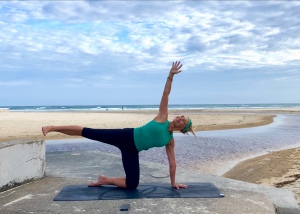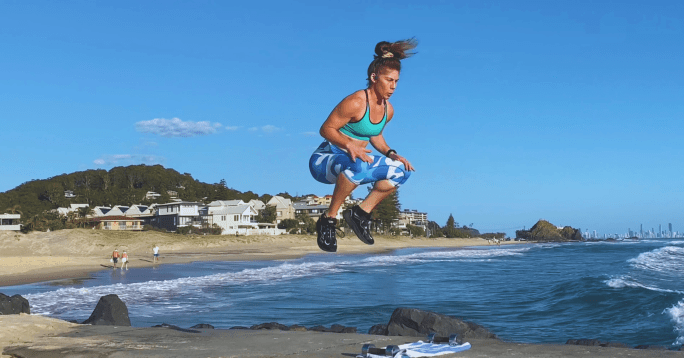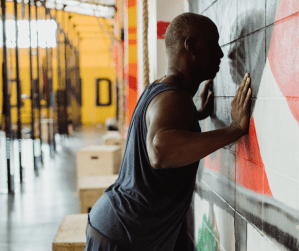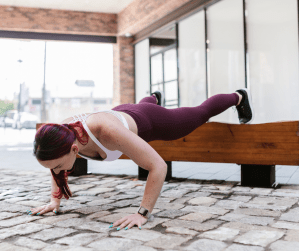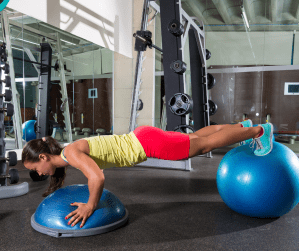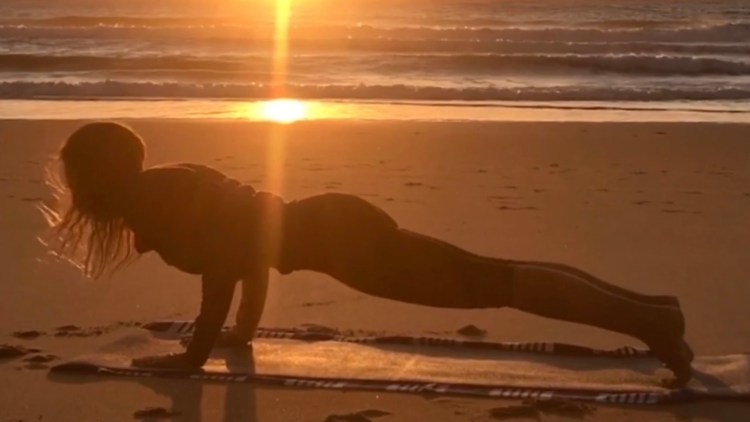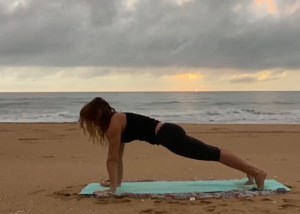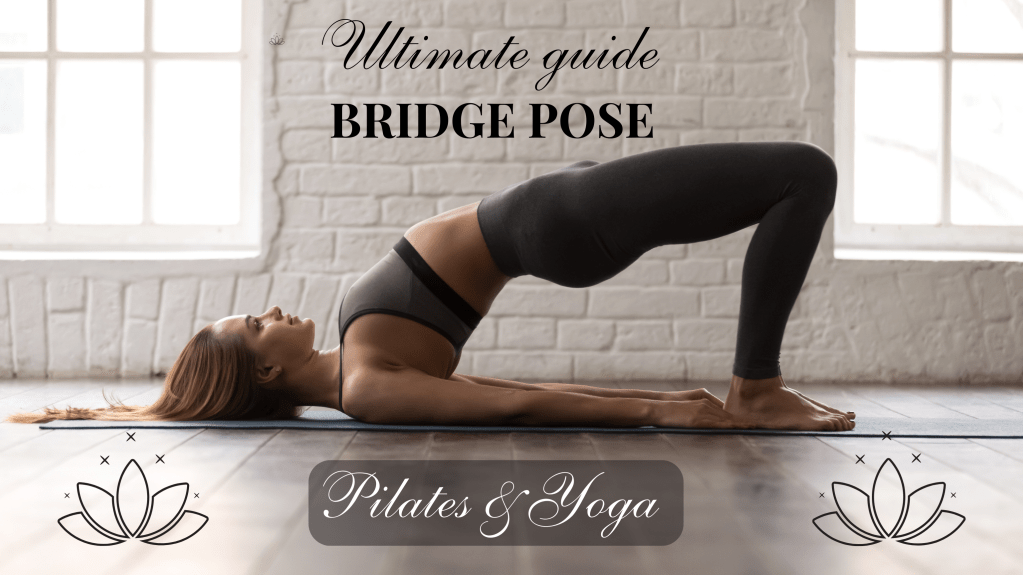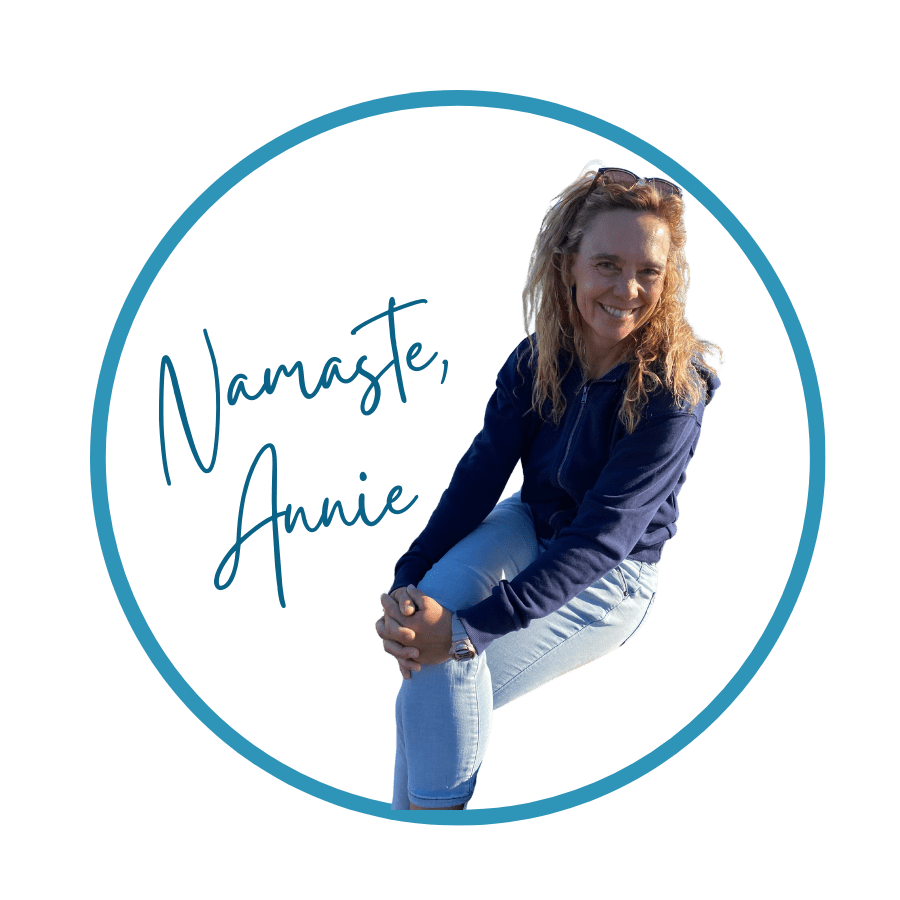From Fitness Frustration to Pilates Revelation: A Journey to Balance and Strength

Do you have a favourite type of exercise? For many years, it’s been a race for me to maintain a fitness routine that balances cardio and strength training. That is, until injury kicked in. I’ve hurt my hip flexors riding too many miles on the bike, my back with lifting weights that were too heavy, and my shoulders with yoga (too many low chaturangas)… Who would have thought!
Since every single person’s body is made uniquely, all we need is a shift in perception: Remember to scrupulously maintain focused self-awareness to steer clear of injury in any activity.
After trial and error, I found that, when combined with a healthy dose of cardio, strength and mindfulness, Pilates offers a pathway to balance, strength and injury prevention for long-term sustainability and longevity. This enduring practice not only empowers us physically but also cultivates unwavering focus and resilience. Let’s look at the benefits.
The Transformative Benefits of Pilates
Pilates is not just about physical exertion; it’s a holistic practice that cultivates several benefits. From enhancing balance and core strength to improving glute strength, coordination and proprioception, Pilates engages the body in ways that traditional workouts often overlook. Moreover, it emphasises the importance of proper breathing, alignment and posture, fostering a mind-body connection that is essential for overall wellbeing.
By committing to a regular Pilates practice, you can expect a substantial improvement in wellbeing:
- Balance: Enhanced stability and equilibrium.
- Core Strength: A reinforced and resilient core.
- Glute Strength: Strengthened gluteal muscles – key to support your back too!
- Coordination: Improved physical harmony and synchronisation.
- Proprioception: Heightened awareness of body position.
- Breathing: Focused and controlled respiration.
- Alignment: Improved postural balance and placement – protect your knees and hips.
- Increased energy and a better mood! Keep your spouse happy… 🙂

Unlocking the Power of Pilates
Further Evidence and Insights
- Scientific evidence supports the effectiveness of Pilates for improving physical fitness and reducing the risk of injuries. Studies have shown that regular Pilates practice can lead to significant improvements in muscle endurance, flexibility and overall body composition (Segal et al., 2019).
- Pilates has been found to be particularly beneficial for individuals with chronic musculoskeletal conditions such as low back pain and osteoporosis. Its emphasis on core stability and controlled movements can help alleviate symptoms and improve functional capacity (Lim et al., 2020).
- Unlike high-impact exercises, Pilates is gentle on the joints, making it suitable for individuals of all ages and fitness levels. Its low-impact nature reduces the risk of strain and injury, allowing for consistent participation and long-term adherence to an exercise regimen.
Pilates: a new perspective
Let the good times roll
In earlier years, the practice of Pilates may have seemed quite regimented, with its German origins (invented by Joseph Hubertus Pilates). However, seemingly innocuous movements like the “hundred” serve to condition the core, strengthen smaller muscle groups and foster balance. I enjoyed this blog post reminding us of the original 34 exercises. (I love the roll up! And the roll over. And rolling like a ball… let the good times roll!). Here is a short video with all that rock & roll for you to get started!
Pilates need never be dull or monotonous. By incorporating diverse equipment, uplifting music and cultivating the right environment, Pilates sessions can be fresh, invigorating and enjoyable.
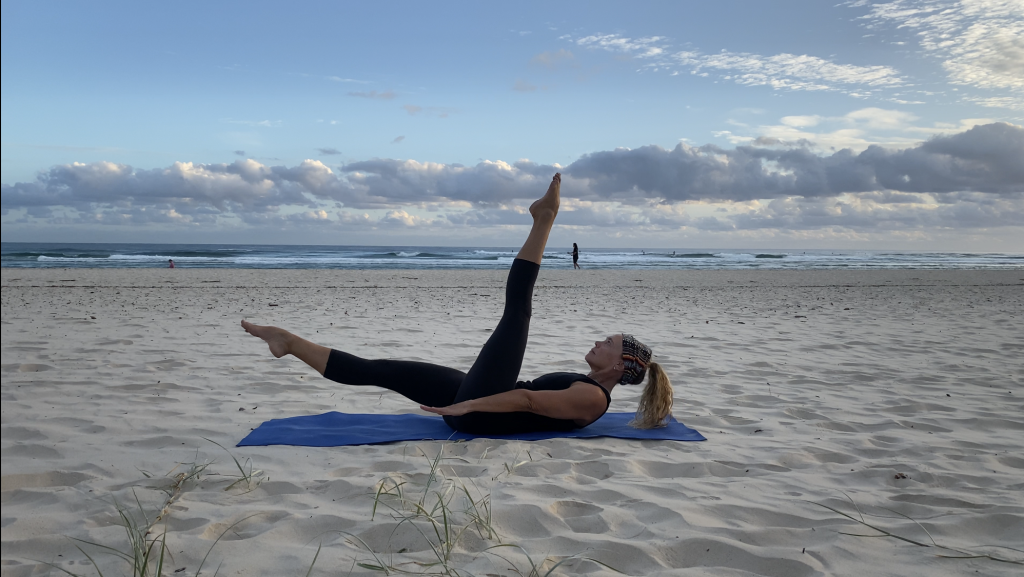
How can you get into it?
Take the First Step
For those intrigued by the prospect of Pilates but unsure of where to begin, a wealth of resources awaits. From instructional videos to guided sessions, platforms like YouTube offer a variety of free Pilates content to facilitate a smooth transition into this enriching practice.
Ascension Active’s routines can be done with no equipment, or try sessions with a mini ball, booty band, long resistance band or magic circle. Our sessions follow the beat of the music, and they are on the beach, so you’ll always have a great view! What’s more, they are free and can be done anywhere, anytime.
Ready to experience the transformative power of Pilates for yourself? Take the first step by signing up for a beginner’s class at your local studio or try our ten-minute Pilates series – no equipment needed. Your journey to improved strength, balance, and overall wellbeing begins today.
Practical Tips
Here are some practical tips for incorporating Pilates into a daily routine:
- Set aside dedicated time: Schedule Pilates sessions into your daily or weekly calendar just like any other appointment. Consistency is key to seeing results.
- Start with short sessions: If you’re new to Pilates or short on time, begin with shorter sessions, such as 10-15 minutes, and gradually increase the duration as you build strength and endurance.
- Choose a convenient time: Select a time of day when you’re most likely to stick to your Pilates routine. Whether it’s in the morning before work, during your lunch break, or in the evening after dinner, find a time that works best for you.
- Create a dedicated space: Designate a specific area in your home where you can comfortably practice Pilates. Keep your mat and any necessary equipment nearby to eliminate barriers to starting your session.
- Mix it up: Explore different Pilates routines and exercises to keep your practice varied and engaging. Incorporate mat Pilates, reformer Pilates, and other equipment-based workouts to challenge your body in new ways.
- Combine Pilates with other activities: Integrate Pilates into your existing fitness routine by combining it with other activities such as yoga, cardio workouts or strength training. This can help you achieve a well-rounded fitness regimen.
- Listen to your body: Pay attention to how your body feels during Pilates sessions and adjust the intensity or duration as needed. It’s important to honour your body’s limits and avoid pushing yourself too hard, especially if you’re recovering from an injury or dealing with any discomfort.
- Stay motivated: Find motivation to stick to your Pilates routine by setting specific goals, tracking your progress, and celebrating your achievements along the way. Consider joining a Pilates class, participating in challenges, or connecting with a workout buddy for added accountability.
- Practise mindfulness: Use Pilates as an opportunity to practise mindfulness and connect with your body. Focus on your breath, engage your muscles mindfully, and stay present throughout your practice to maximise the benefits of each session.
- Make it enjoyable: Experiment with different Pilates styles, instructors, music playlists, and settings to make your practice enjoyable and something you look forward to each day.
By incorporating these practical tips into your daily routine, you can make Pilates a regular and rewarding part of your lifestyle that supports your overall health and wellbeing.
Conclusion
In conclusion, Pilates stands out as a versatile and effective form of exercise that offers benefits for both the body and mind. By incorporating Pilates into your fitness routine, you not only enhance your physical strength and resilience but also cultivate a deeper sense of balance, focus and holistic wellbeing.
Make Pilates your comprehensive ally; an indispensable part of your exercise toolkit aimed at preserving strength, fostering balance, and promoting injury-free progress at any stage of life. By incorporating Pilates into your fitness routine, you’re not just exercising; you’re investing in your long-term health and vitality. So, why wait? Take the plunge; start your Pilates journey today and unlock the potential within!
Disclaimer
Before beginning any new exercise program, it is important to consult with a healthcare professional, particularly if you have any underlying health concerns or medical conditions.
References
- Segal NA, Hein J, Basford JR. The effects of Pilates training on flexibility and body composition: an observational study. Arch Phys Med Rehabil. 2019;100(1):37-42.
- Lim EC, Poh RL, Low AY, Wong WP. Effects of Pilates-based exercises on pain and disability in individuals with persistent musculoskeletal conditions: a systematic review with meta-analysis. J Orthop Sports Phys Ther. 2020;50(2):56-71.



